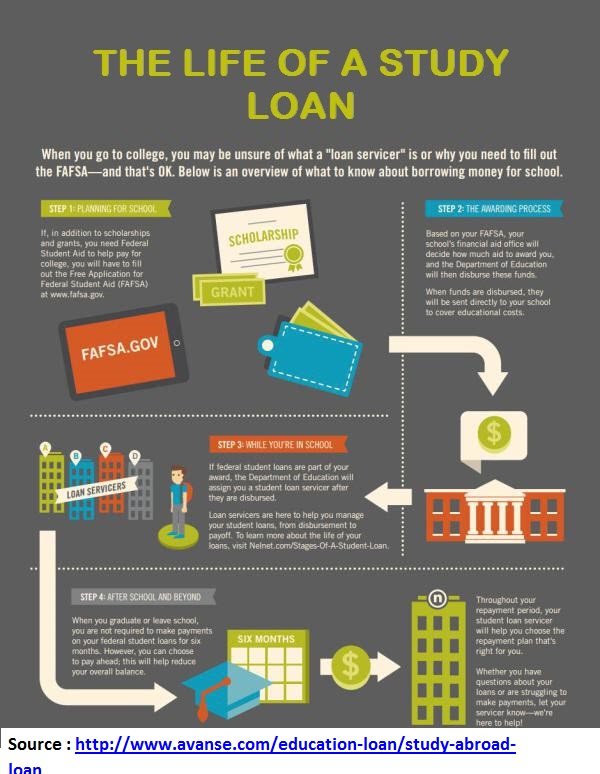Students wanting to study abroad prefer to have an option of working there, but are normally confused if this is possible. This is definitely possible if you are organised and are able to put in some effort for doing so. Obviously, this requires some sacrifices to be made which works out totally worthwhile in the long run. The total concept of working while studying abroad and making this a success totally depends on an individual. You will need to ensure that there are no compromises made on the academic front when you opt for a job, as this is the primary reason you have come here for. We help you out with this with a few tips which can help you manage both, studies and work efficiently.

- Prioritization:
You need to sort out things once you are abroad for studying and have chosen to work here. You need to prioritise your activities on a routine basis so that there are no problems. The first step to be taken here is to make sure you return home straight from work so that you are able to given the required time for your studies. The sacrifice you will be making is limiting your time for leisure.
- Time Management:
This management of time is essential for your success. You need to be aware that studying abroad is not easy as thought by many. It is equally demanding as the education in your home town. You should be able to allot at least 40 hours on a weekly basis for your studies. If you are working, you need to be aware that most of your time on weekends will be devoted to studies. When making the plans for time management you need to make sure the submission of all your assignments on time, in other words, no compromises to be made on the study front.
- Planning made to stay on top of things:
Planning on a daily basis, you need to include the planning on a weekly and monthly basis too as this can help you to be relaxed throughout the month with everything being scheduled right. Once you are familiar with the study activities expected from you, you can be sure of half the success achieved. You should also keep in mind the work front as you need to be sure to be fresh every day when you report for work.
- Taking a break when feeling flustered:
At times you might feel all of this studying and working is a bit too heavy. That is the time you need to think of a break as otherwise there is no way you will be able to perform well in studies or even at your work place. Give yourself some time for relaxation every day, even if it is only for half an hour, this can definitely rejuvenate you and you will be able to concentrate better. You can also think of taking a weekend break and go to another pace altogether or visit a friend which is a sure way to relax you.
Working and studying benefits
Besides being able to handle your expenses better in a foreign country, working while studying gives you the required experience and this can be beneficial in the long run. You get more confident and can manage your time better, besides which you learn the communication skills and are able to mingle with different types of people. You have an advantage over rest of the students who only Study loan for Abroad and probably, waste the rest of their time. While thinking of a job while studying all you need to do is make sure you have settled well in your university or college and are comfortable with the schedule before you look out for a job.
Source: http://www.thechopras.com/blog/how-to-manage-study-and-work-abroad.html









